Dr. Phil Zeltzman’s Blog
What causes bloat?
“Bloat” is also called many different things: twisted stomach, Gastric Dilatation Volvulus (GDV), gastric torsion, stomach torsion etc.

Side note: it’s unfortunate that we (vets and dog owners) have gotten used to calling it bloat. After all, bloating is not a big deal in people. Yet “bloat” can kill a dog in a matter of hours.

Vets sometimes tell pet owners that we don’t really know what causes GDV, and therefore we don’t know how to prevent it. However, that is not exactly accurate…
Here is a summary of the main known causes.
1. Breed
Large and giant dog breeds are at risk for GDV, including Great Danes (the #1 breed), German shepherds, Weimaraners, St. Bernards, Dobemans and Old English sheepdogs. These breeds are roughly 25% more likely to get GDV than others.
A few smaller breeds, such as basset hounds, boxers, and standard poodles can also be prone to GDV.
2. Conformation
Conformation has to do with the shape of a dog.
Dog breeds called “deep-chested,” have a tall chest and a skinny belly. Think of a Great Dane. A deep chest, combined with stretching of ligaments that attach to the stomach, increases the chance of stomach torsion.
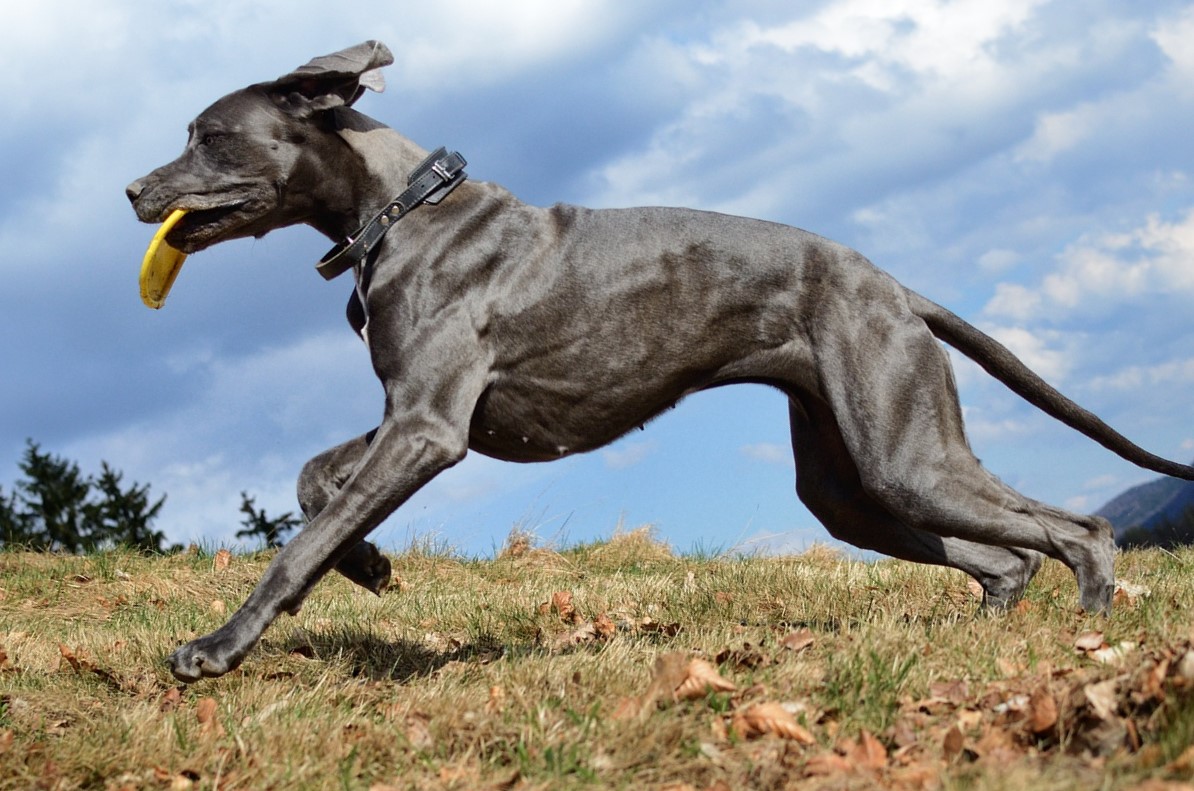
3. Genetics
Dogs with a first-degree relative who had GDV are at greater risk of getting
it themselves. This chance increases by 20% with each additional year. These factors confirm that GDV is a partially genetic disease and dogs at risk should be spayed or neutered.
In addition, better selection should be taken seriously by breeders.
4. Stress
Stressful situations can also contribute to a twisted stomach. Boarding, thunderstorms, moving, vet visits and hospitalization are all potential triggers for nervous dogs.
One study showed that having a high-stress environment or being fearful contributed to GDV compared to similar dogs who were in a non-stressful environment.
5. Feeding
Eating fast, and how often dogs are fed, have been shown to increase the risk of stomach torsion.
Therefore, if your dog eats fast, it’s important to find ways to slow it down. There are special bowls made for that purpose.
In addition, dogs fed once per day are more likely to have GDV, compared to dogs who are fed 3 times daily. Several small meals throughout the day are better for dogs at risk.
6. Food
Believe it or not, studies have shown that moistening dry dog food before feeding actually increases the risk of GDV in large-breed dogs.
Ironically, feeding a dry-only diet has also been shown to increase risk.
So what’s a concerned dog owner to do?
Recommendations have been made to help prevent a first episode by avoiding exclusively dry, expanded, cereal-based, or soy protein-based commercial dog foods.
Feeding a combination of dry and canned food together may be a way to lower the chances of GDV. I insist: “may be a way.” There are no guarantees here, only ways to try to lower the chances.
Also, foods with fat listed among the main 4 ingredients have been shown to increase the risk of GDV. So please look at the list of ingredients on your dog food.
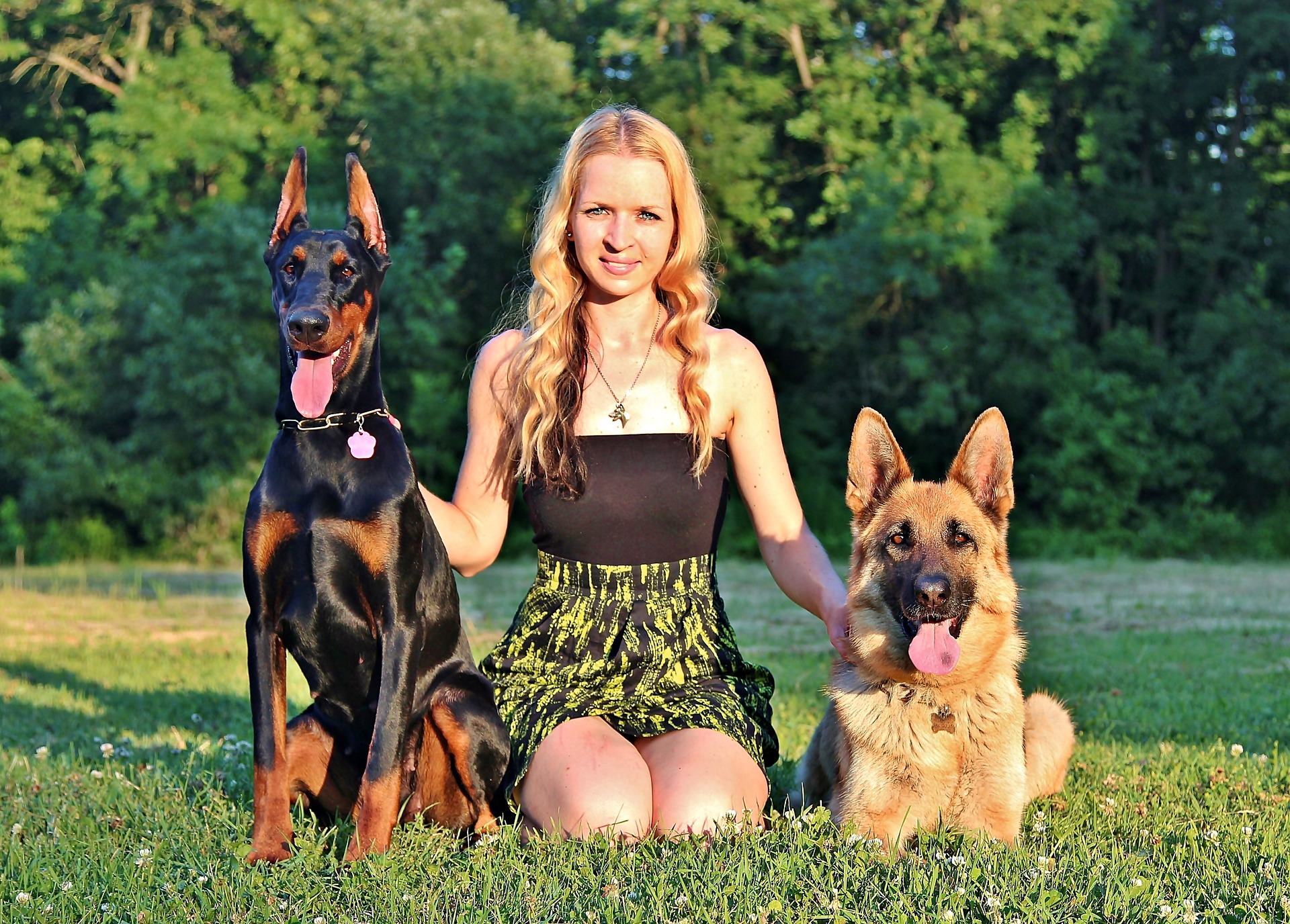
7. Water
It is recommended to avoid drinking large amounts of water before and after exercise.
Ironically, too little water before and during meals may increase the chance of a dog suffering from GDV! A recurring “hot story” about ice water causing GDV regularly shows up online and appears to be a complete hoax.
8. Exercise
A fairly classic recommendation to reduce the risk of stomach torsion is to avoid heavy exercise 1 hour before and 2 hours after eating a meal. The idea is that it’s easier for a stomach to twist when it’s full compared to when it’s (partially) empty.
9. Age
Even though I always say, “age is not a disease,” age can play a role in a dog’s risk for stomach torsion.
In Great Danes specifically, age is a very important risk factor for GDV.
One of the reasons may be the stretched ligaments, over time, as mentioned above.
10. Other risk factors
There are countless other risk factors that are unproven, controversial, or contradicting.
. For example, some studies show that a raised bowl is better to decrease aerophagia (aka swallowing air), while others imply a bowl on the floor is ideal.
. The at-risk gender varies from study to study.
. The month, the cycle of the moon, and a previous spleen removal are also fuzzy risk factors.
- Gastropexy
This last point is not a risk factor – on the opposite, but it’s important to mention here.
A gastropexy, or tacking the stomach to the inside of the belly, is a simple surgery that can prevent twisting of the stomach. In good hands, it’s successful over 95% of the time.
Importantly, it prevents twisting of the stomach, not true “bloating” – aka the stomach getting full of air – we don’t know how to prevent that and it remains a risk for life.

The gastropexy or “pexy” in short is part of the surgery to treat GDV. But it can also be done preventively, or prophylactically. So it’s called a prophylactic gastropexy.
For example, Great Danes have a 40 % chance of having GDV in their lifetime. Ideally, this life-saving surgery should be performed at the time of the dog’s spay or neuter – or as soon as possible after that. Of course, it’s never too late to prophylactically pexy a dog… until they have an episode of GDV.
Please beware, the next picture of a gastropexy can seem graphic to some readers.

I have helped a number of pet owners perform gastropexies over the years. Some were wise to do it before GDV happens in their at-risk dog. Some learned the hard way (i.e. their dog got a twisted stomach, and that’s how they learned about the pexy option).
Either way, it can be done as a “stand alone” surgery, or at the time of a spay or neuter.
To recap, we know a lot about the risk factors of GDV. Be aware of them, and prevent those you can control. You could very well save your dog’s life.
Phil Zeltzman, DVM, DACVS, CVJ, Fear Free Certified

Dr. Phil Zeltzman is a traveling veterinary surgeon in Pennsylvania & New Jersey. An award-winning author, he loves to share his adventures in practice along with information about vet medicine and surgery that can really help your pets. Dr. Zeltzman specializes in orthopedic, neurologic, cancer, and soft tissue surgeries for dogs, cats, and small exotics. By working with local family vets, he offers the best surgical care, safest anesthesia, and utmost pain management to all his patients. Sign up to get an email when he updates his blog, and follow him on Facebook, too!
Should you wait to get help for your pet?
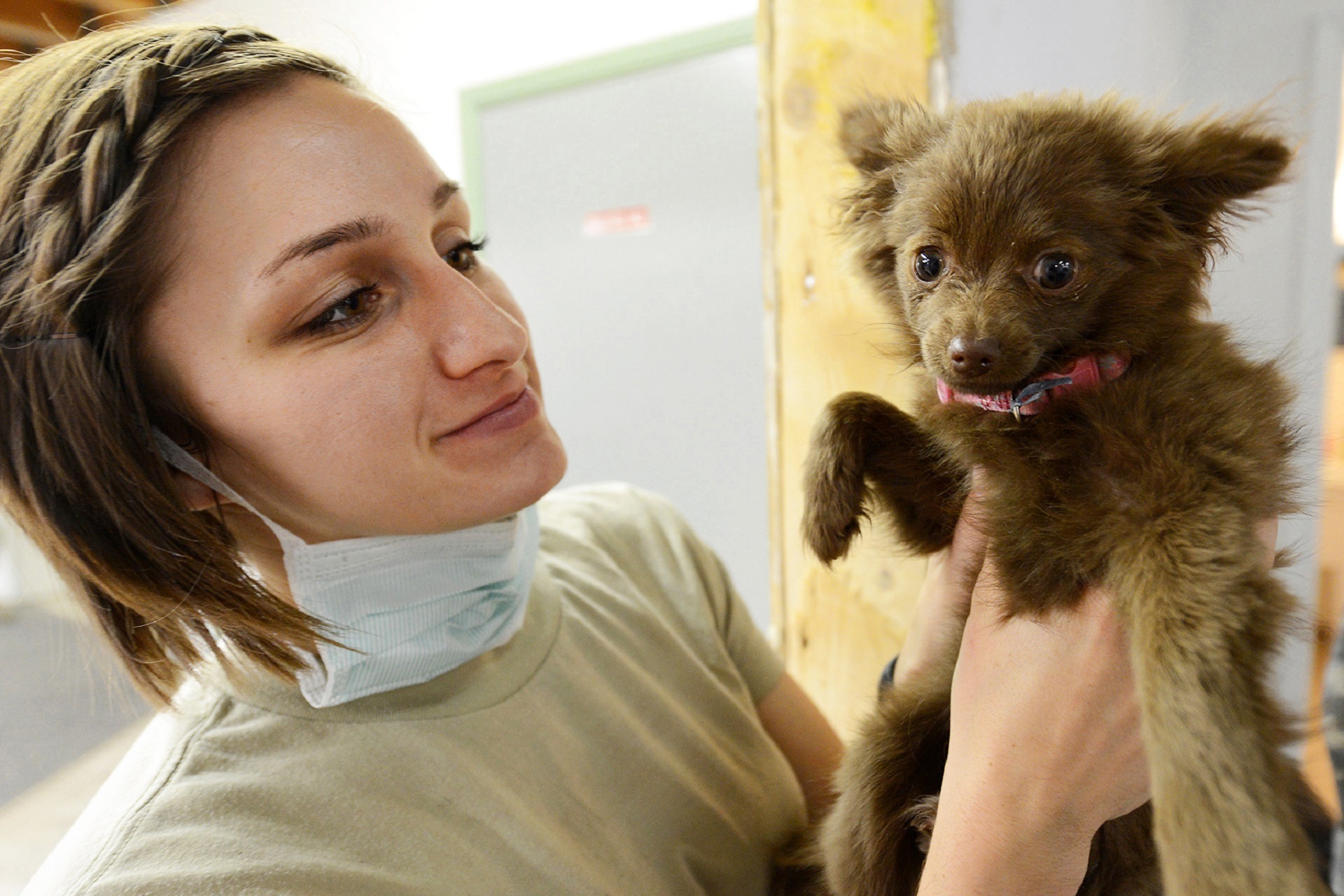
Your pet is vomiting. Should you wait to go to the vet?
Your pet is limping. Should you wait to seek help?
Your pet has a mass. Should you wait to have it looked at?
These are common dilemmas, and the answer is… it depends!
Let’s keep our 3 examples.
. Many pets vomit every once in a while, and they are perfectly healthy otherwise.
Other times, repeated vomiting is a sign that something is brewing inside. And it could be anything: stomach problems, intestinal conditions, kidney disease, cancer etc.
. Some pets limp because of a sprain and get over it by the next day, just like a human.
Other times, ongoing limping is a sign of a problem: elbow arthritis, hip dysplasia or the most common cause of limping: a torn ACL.
. Many pets have skin masses. Most masses can only do one thing: get bigger. Very rarely does a mass get smaller. It would defy science: as cells divide, which they are genetically programmed to do, the mass gets bigger. It can be slow or it can be fast, but they usually get bigger over time. The only way to objectively know what is going on is to measure it.
So what’s a pet lover to do?
Should you keep an eye on it?
For a short while, possibly.
Waiting any longer is rarely a good idea.
. Repeated vomiting can lead to dehydration and electrolytes imbalances.
. An untreated joint problem invariably leads to arthritis, which can only get worse over time.
. A small mass is easier, less invasive and cheaper to remove than a large mass. This translates to longer anesthesia, higher surgery fees and higher chances of complications.
Occasionally, you will be a bit early and it’s a false alarm.
Most times, you will be right and acting early will save you time, money and frustration while avoiding pain for your pet.
At the very least, call your vet to ask questions. Many vets now offer telemedicine consultations, which means you don’t even have to take your pet to the vet. You can get advice from the comfort of your home.
Just keep in mind that vomiting may require X-rays or an ultrasound, limping may require X-rays and a mass may require lab testing.
Either way, don’t procrastinate, it rarely leads to good results.
Phil Zeltzman, DVM, DACVS, CVJ, Fear Free Certified

Dr. Phil Zeltzman is a traveling veterinary surgeon in Pennsylvania & New Jersey. An award-winning author, he loves to share his adventures in practice along with information about vet medicine and surgery that can really help your pets. Dr. Zeltzman specializes in orthopedic, neurologic, cancer, and soft tissue surgeries for dogs, cats, and small exotics. By working with local family vets, he offers the best surgical care, safest anesthesia, and utmost pain management to all his patients. Sign up to get an email when he updates his blog, and follow him on Facebook, too!
4 things you should never say or hear about lumps
Removing skin masses is one of my most common surgeries.
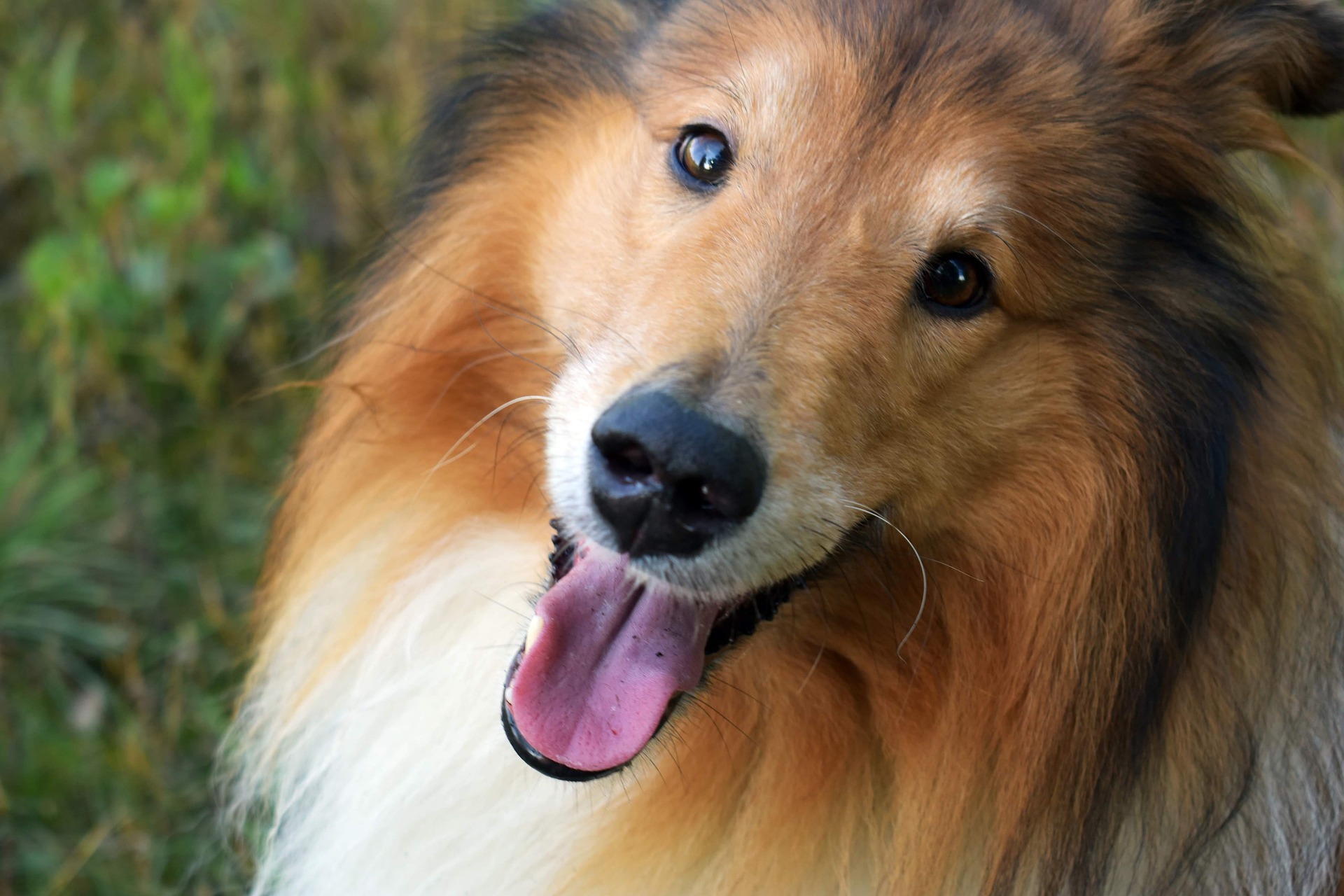
Some skin masses are small. Some are in difficult locations, making the surgery tricky. Some are gigantic. Many were claimed to be “impossible to remove” – yet we still removed them. Some were supposed to be cancerous – and were benign. Some were supposed to be benign – and were cancerous. Yet others were indeed impossible to remove and required leg amputation.
What’s a pet lover to do? What is the right thing to do?
The problem with small skin masses is that they can be very misleading. I have come across multiple tiny masses, sometimes the size of a grain of rice, that were aggressive cancers.
Here is an example of a 1/3 inch mass, barely visible, hard to feel, under a cat’s fur. By some miracle, his owner found the mass and wisely decided to have it removed.
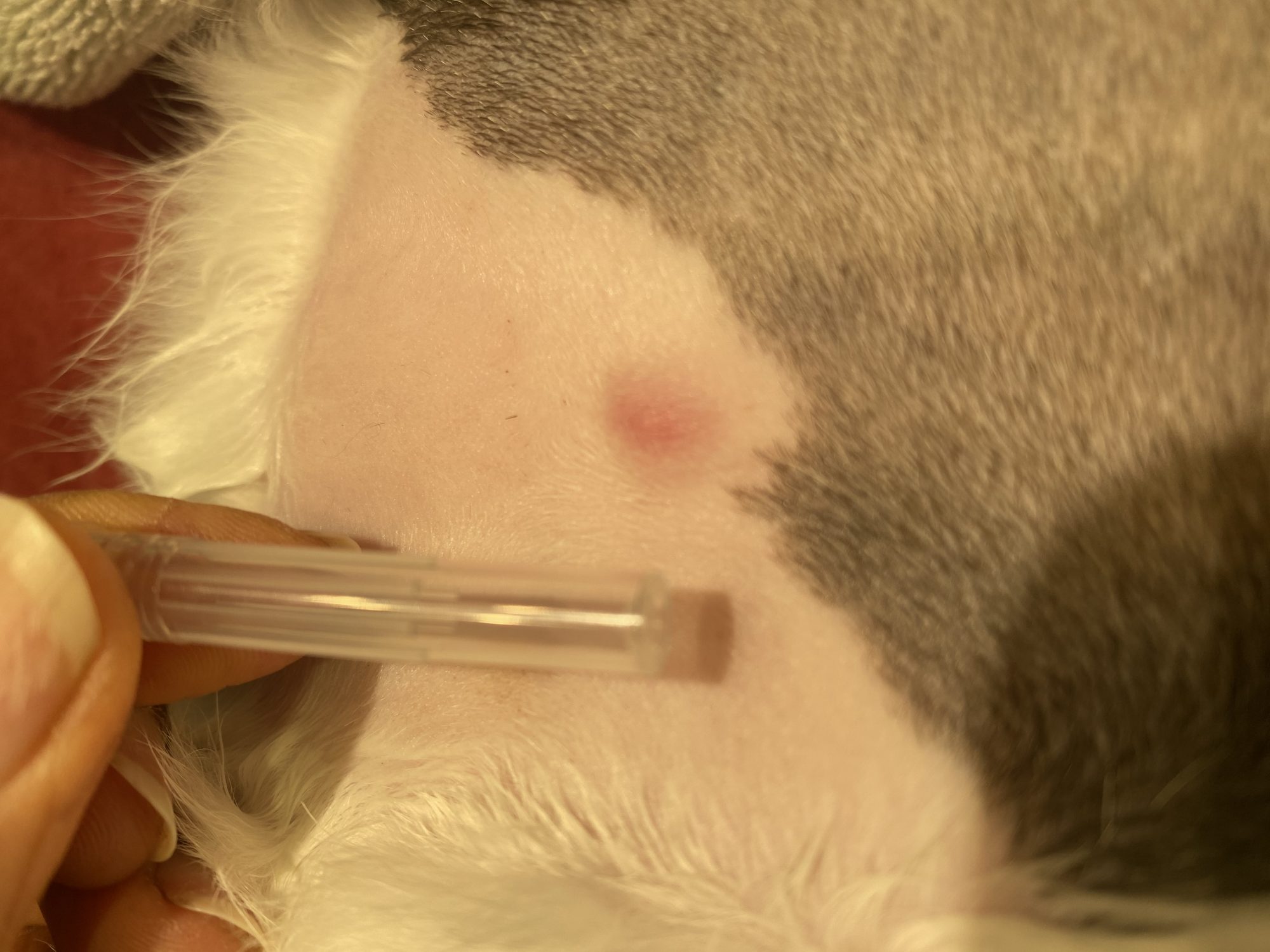
The biopsy revealed a fibrosarcoma, which is a notoriously aggressive cancer in cats.
Here are the 4 things you should never say or hear about lumps:
. “Just watch it.”
. “Keep an eye on it.”
. “It’s just a cyst.”
. “It’s just a fatty tumor.”
“Just watching” a mass grow bigger and bigger, or “keeping an eye” on a mass that keeps getting larger and larger, is exactly how we end up with masses the size of pumpkins.
By then, surgery is much more invasive, anesthesia is much longer, and the fees are much higher.
The “cyst” myth is just as unfortunate. A cyst is an actual diagnosis. It’s typically a benign mass that is usually filled with fluid. There are different types of cysts: follicular or epidermoid cysts, sebaceous cysts, dermoid cysts etc.
But the vast majority of so-called “cysts” I remove are not cysts. It was an assumption by the pet owner. “Cyst” is often used instead of “mass” or “tumor,” and it’s misleading at best.
“It’s just a fatty tumor” is something else I hear all the time. If someone tells you that, you should have a reasonable degree of doubt. NOBODY can assure you with 100% certainty that they know the diagnosis of a mass with further testing.
Why? Because I have never met anybody with microscopic vision.
You can only say what a mass is after testing it.
Case in point: a mast cell tumor is a very common skin tumor. It is nicknamed “the great imitator” because it can feel like anything – including a benign fatty tumor. As you can imagine, mistaking a benign tumor for a cancerous one can lead to really frustrating situations.
| 2 tests for skin masses: There are 2 ways to test a mass. 1. A needle test: During a needle test or Fine Needle Aspirate (or FNA), a needle is placed in the mass. Some cells are taken out and placed on a glass slide. It is then read under the microscope. It can either be read “in house,” meaning by your vet, or ideally it is sent out to a pathologist, who reads the cytology (ie the study of cells). My personal impression is that although cytology is cheaper and faster (a few days), it can provide misleading results. 2. A biopsy: A biopsy is a way to take a sample of the mass, ie some actual tissue, and not just cells. Being able to study the cells’ architecture, organization and relationship provides completely different information and a much safer diagnosis. The biopsy is always sent to a pathologist, who reads the histo-pathology (ie the study of abnormal tissue). My personal impression is that although a biopsy cytology is more expensive and take longer to read (7-10 days), it provides the most reliable results. |
So what’s a loving pet owner to do?
At a minimum, skin masses should get tested via a needle test. Occasionally, they should be biopsied before surgery. Ideally, they should be removed and biopsied. Admittedly, it can get expensive since some dogs seem to be covered in masses, sometimes benign fatty masses. That’s where pet insurance is so helpful.
Here is an example of a giant mass in a Lab, whose owner was told to “just watch it” because it was tested as a benign fatty tumor.
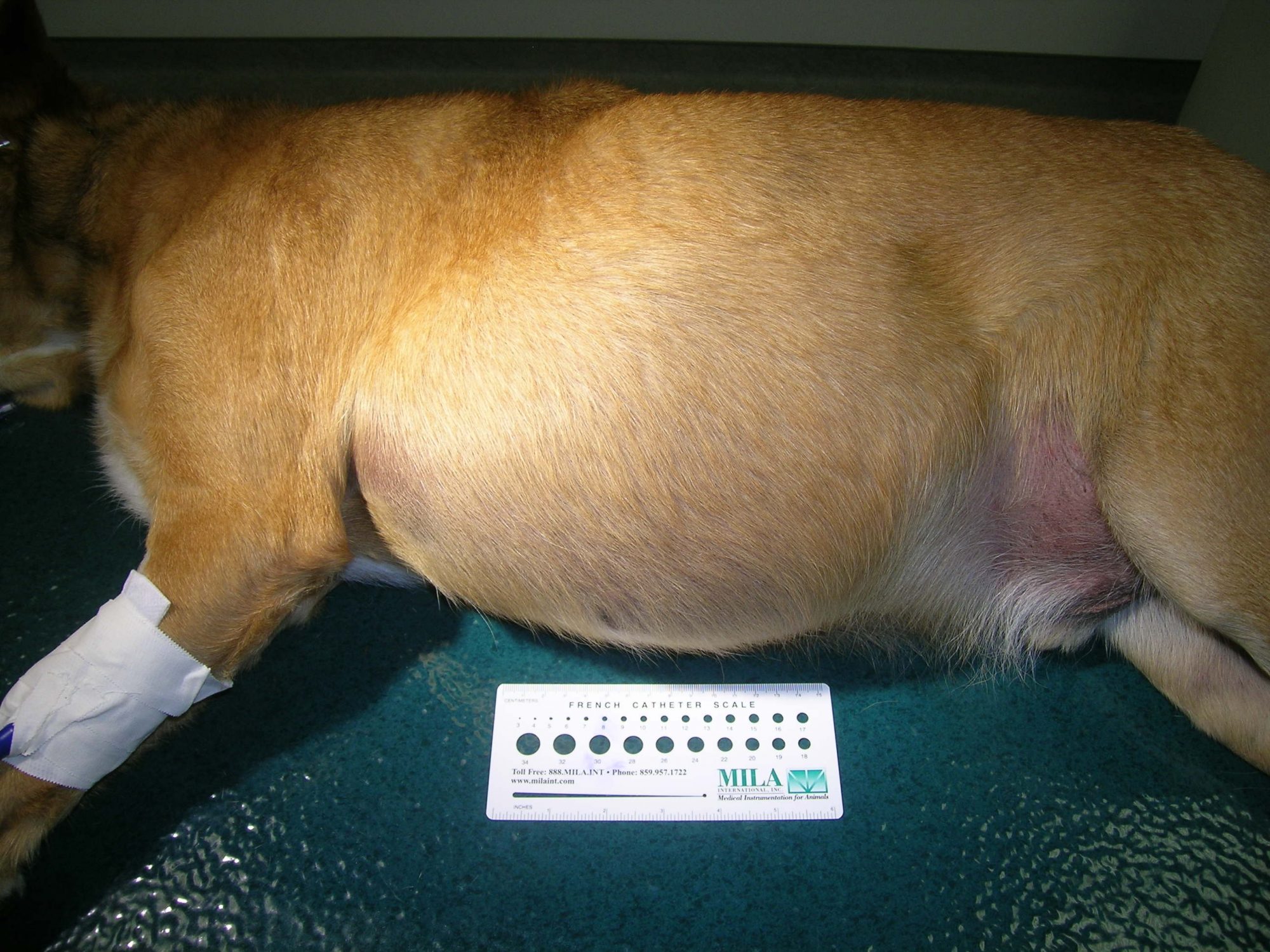
So why bother if a mass is benign?
Benign doesn’t mean you should ignore it.
I have removed benign masses that were the size of a tennis ball, or a grapefruit, that prevented the patient from walking normally. I have removed benign masses that required leg amputation. And I have removed benign masses that were the size of a pumpkin that caused pain (by stretching the skin) and made the patients lose their balance.
If you find yourself in a situation where your vet seems to be brushing something off that genuinely concerns you, you have the right to seek a second opinion and I would encourage you to do so.
Bottom line: waiting is rarely a wise option.
Phil Zeltzman, DVM, DACVS, CVJ, Fear Free Certified

Dr. Phil Zeltzman is a traveling veterinary surgeon in Pennsylvania & New Jersey. An award-winning author, he loves to share his adventures in practice along with information about vet medicine and surgery that can really help your pets. Dr. Zeltzman specializes in orthopedic, neurologic, cancer, and soft tissue surgeries for dogs, cats, and small exotics. By working with local family vets, he offers the best surgical care, safest anesthesia, and utmost pain management to all his patients. Sign up to get an email when he updates his blog, and follow him on Facebook, too!
Does the length of my pet’s incision matter?
Clients often ask me how long their pet’s incision will be after surgery.
Does the length of a pet’s incision matter?
The short answer is no. When it comes to incisions, it’s not the length that matters, but the care taken to keep it clean and protected.
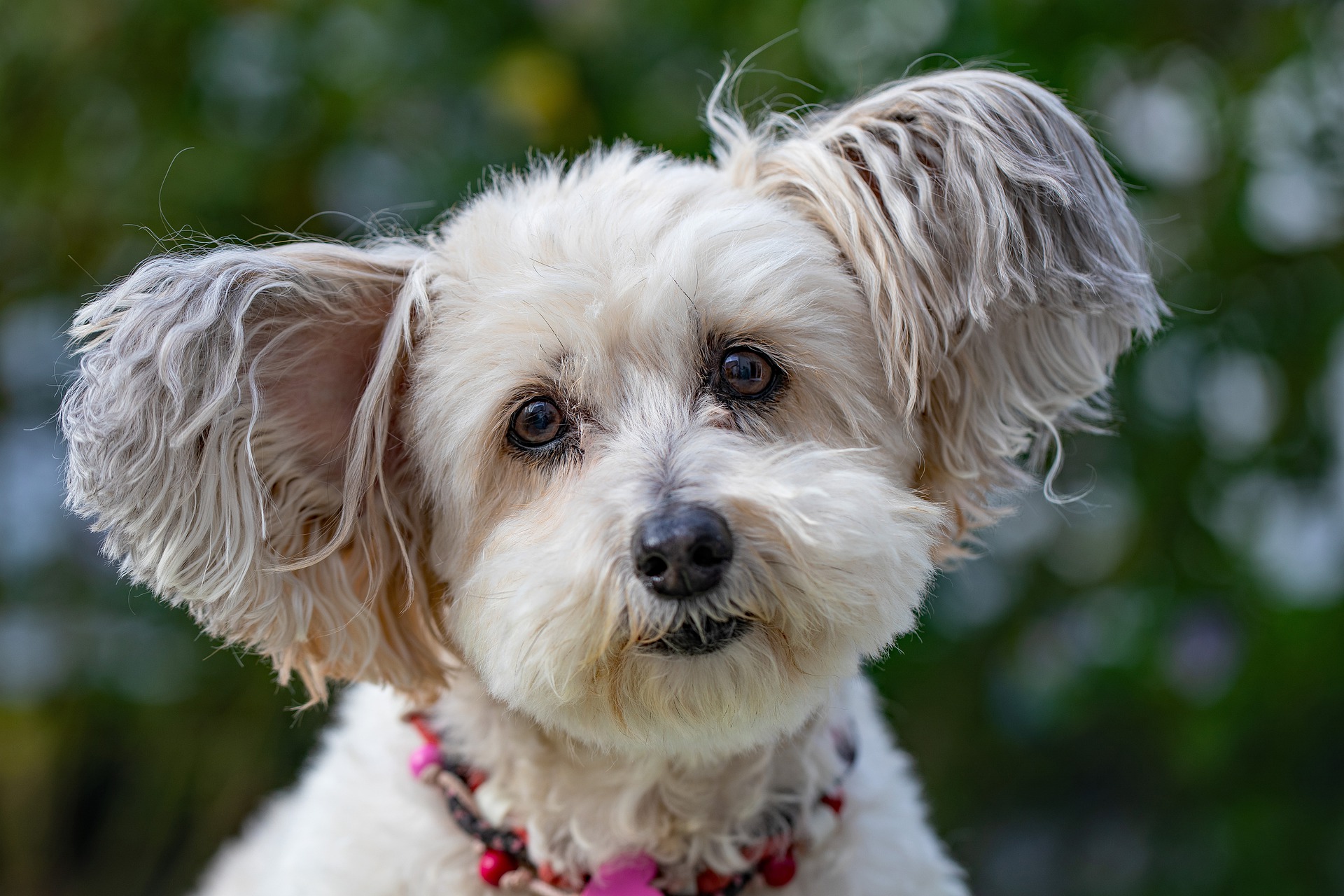
Incisions heal side to side, not end to end, meaning that a 1 inch incision and a 10 inch incision heal at the same pace – most often 2 weeks.
It’s very predictable.
It pretty much would be that simple, if it weren’t for pet’s obsession with licking their “wound.”
Why do they do it? It’s an instinct. They can’t help it. They don’t know better.
But people should…
In addition, the incision area may become itchy as fur grows back. A pet’s natural response to itchiness or anything unusual is to lick or chew.
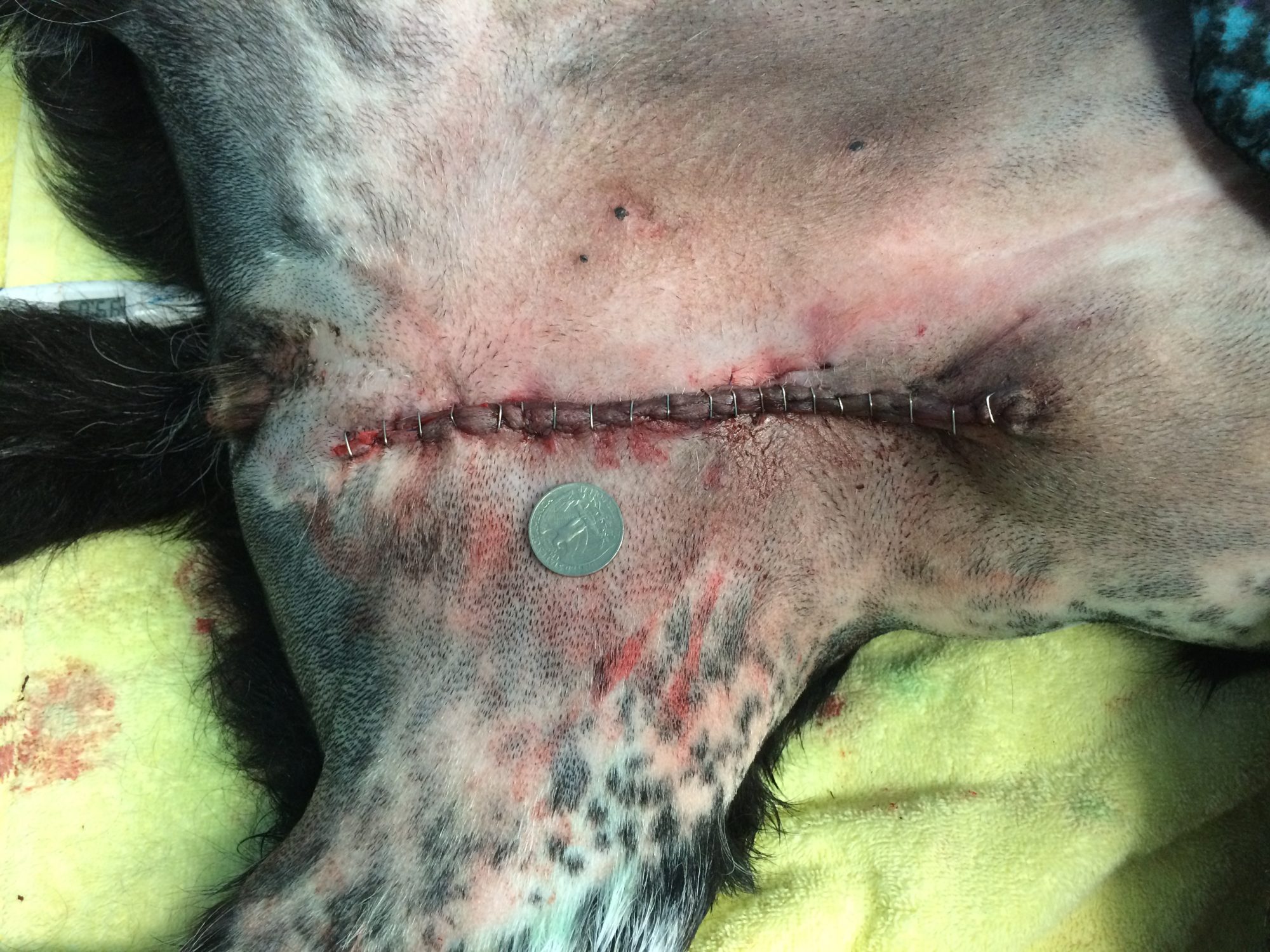
A few simple recommendations need to be followed to ensure that the incision heals without complications.
. Activity should be kept to a minimum. The skin and underlying tissues need time to heal. During healing, they cannot be stretched or moving constantly because motion slows healing down.
This is the reason why strict rest is critical for proper healing. Stairs, furniture, running, jumping and playing must be prevented during healing. Walks should be minimized to no more than 5 minutes, on a short leash, and for bathroom duties only.
. You should inspect the incision once or twice daily to make sure it looks good. If you see drainage, you can clean it with a soft cloth and tap water. Avoid using antiseptics of any type (peroxide, alcohol, cleaning solutions etc.) or triple antibiotic ointment. Only tap water. Then gently blot it dry.
. Speaking of drainage, what should you expect? Initially, some bleeding is possible. But then the red should turn to pink, and the pink should turn to clear (or light yellow). Then it should stop. Many times, you will not see any drainage.
If you see anything different, including a whitish, yellowish or greenish discharge, please get in touch with your vet or surgeon ASAP.
. You may also see bruising and swelling, both of which are common after surgery, just like in humans. It should decrease over time, then disappear.
. Whether stitches, skin glue or staples were used, the end result is the same: the edges of the skin should touch each other, and progressively fuse.
. The incision and surgery area should not smell much. If you notice a strong or foul smell, please get in touch with your vet or surgeon ASAP.
The next picture is a bit graphic, so please skip it if you have a sensitive stomach. It is not for the faint of heart.
. Most pet go home with a plastic cone (aka E-collar or Elizabethan collar) around their neck. It should be kept on at all times (24/7), even to eat, to prevent your pet from licking or chewing at the incision, which could cause it to open up and possibly get infected. We don’t use a cone when the incision is in the mouth or in a location where the edge of the cone might cause harm by rubbing on it. Throat and neck incisions come to mind.
REMINDER: THE NEXT PICTURE IS A BIT GRAPHIC. YOU HAVE BEEN WARNED.
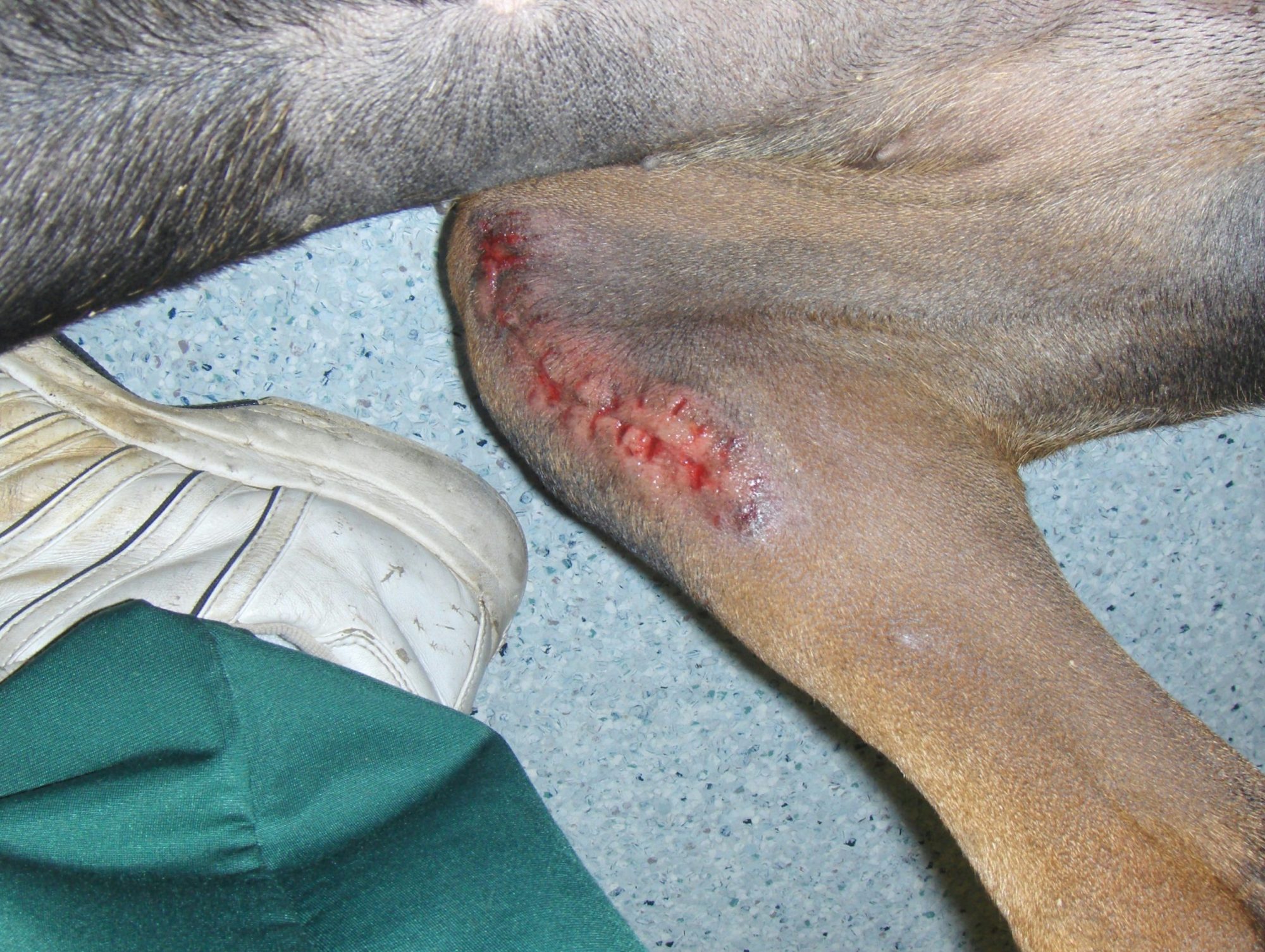
(caption: this dog was allowed to lick the incision, which didn’t open up but looks rough 2 weeks after surgery)
. Since your pet shouldn’t be able to lick the incision, you also need to prevent other pets from licking. We don’t know why they have this bizarre habit… we just know they do. So pets recovering from surgery should be separated from other pets so they can heal peacefully.
. You may have heard an urban legend that claims that pet saliva helps with healing. It’s a myth!
Is it important to remember that your pet’s tongue has been in all kinds of weird places. Yes, including that place!
Therefore, their tongue is covered in bacteria, some of which are very aggressive. When you smear a surgical incision with fecal bacteria… guess what can happen!
The next picture is very graphic, so please skip it if you have a sensitive stomach. It is not for the faint of heart.
. Of course, the other risk of licking or chewing is opening up the incision, partially or entirely. Sadly, that may require another surgery to stitch it closed. Ironically, it will require another anesthesia, more money… and another plastic cone!
REMINDER: THE NEXT PICTURE IS VERY GRAPHIC. YOU HAVE BEEN WARNED.
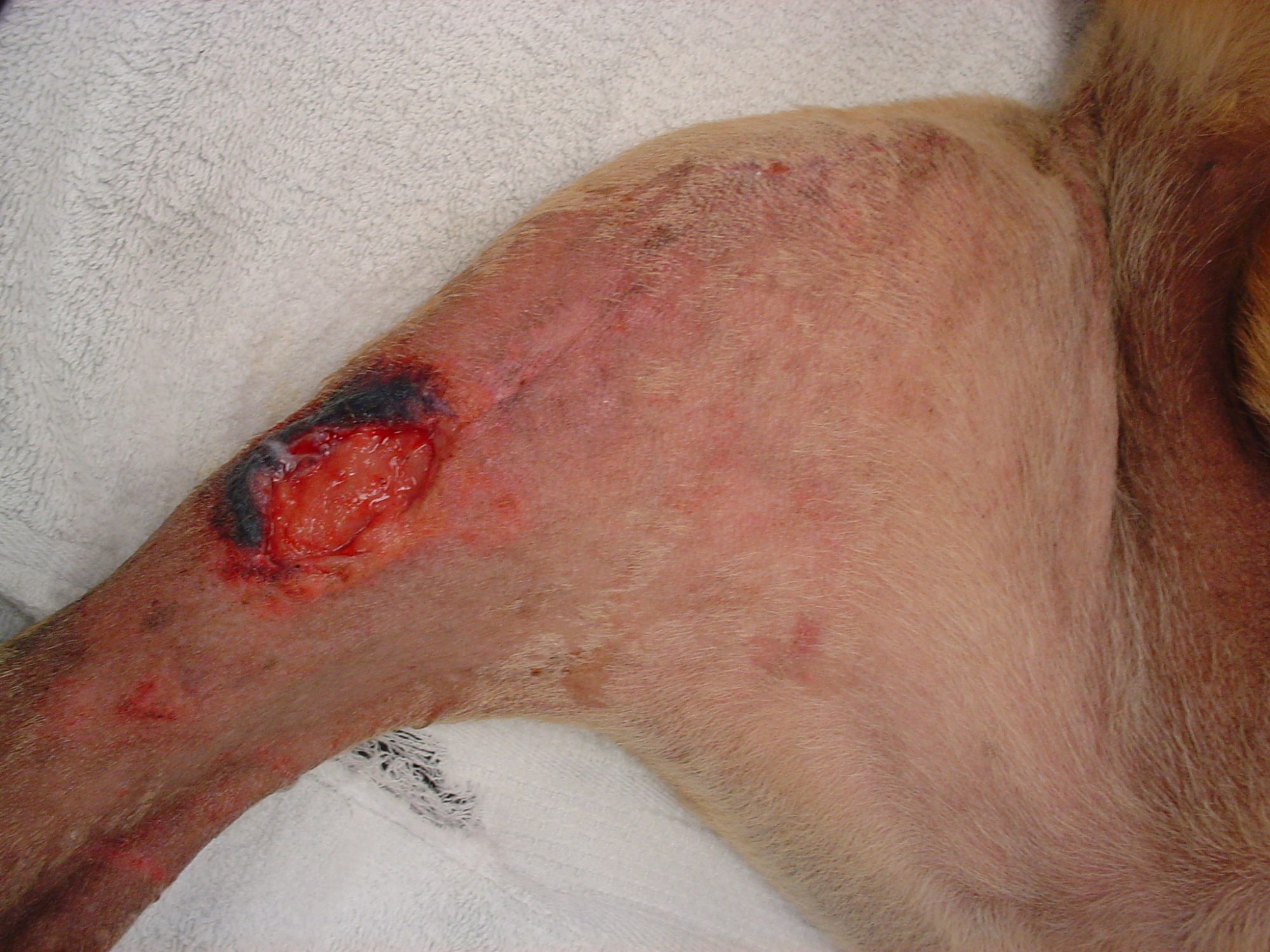
(caption: This dog was allowed to lick the incision, which opened up partially. A second surgery is needed to clean it up and close it. In the end, it’s always the pet who pays the price…)
. We cover some incisions with a Band-Aid, not to replace the plastic cone, not to protect them from the tongue, but to protect them from the environment. This may reduce the risk of infection.
So the rules as simple: prevent licking of the incision, keep your pet strictly rested, and you will give your pet the best chance at healing completely and uneventfully, the first time around, no matter the type of surgery.
Phil Zeltzman, DVM, DACVS, CVJ, Fear Free Certified

Dr. Phil Zeltzman is a traveling veterinary surgeon in Pennsylvania & New Jersey. An award-winning author, he loves to share his adventures in practice along with information about vet medicine and surgery that can really help your pets. Dr. Zeltzman specializes in orthopedic, neurologic, cancer, and soft tissue surgeries for dogs, cats, and small exotics. By working with local family vets, he offers the best surgical care, safest anesthesia, and utmost pain management to all his patients. Sign up to get an email when he updates his blog, and follow him on Facebook, too!
How do I know if my pet is in pain?
This is a very common question… and it does not have an easy answer.
An entire book could be written about pain!

Instead of a book, here are some general, practical guidelines.
1. Limping
This is one of the most difficult message to convey. Yet it’s simple.
LIMPING = PAIN – 99% of the time.
2. Decreased activity
If your pet suddenly or progressively doesn’t play as much or as long as usual, it’s important to find out why.
3. Difficulty in stairs
To simplify, going downstairs puts more pressure on the front legs, so they may be the issue.
And going upstairs puts more pressure on the back legs, so they may be the source of the problem.
4. Changing habits
If your dog runs like a maniac to greet you when you come back from work every single time, and progressively or suddenly doesn’t, why is that?
If your cat loves napping on a window sill to enjoy the sun, every single day after breakfast, and doesn’t anymore, why is that?
If your dog loves going on a walk, or a run, or a bike ride, and doesn’t anymore, why is that?
5. Difficulty jumping
If your pet routinely jumps on the couch, or your bed, on in your car, or on a chair, and suddenly or progressively doesn’t as easily, it may be because of pain.
6. Difficulty getting up
Struggling to get up after a nap or in the morning, or stiffness in the legs, can also be a sign of pain or arthritis.
7. Change in appetite
Painful pets often lose their appetite, even for a favorite treat. It could be sign of pain in a leg (difficulty walking to you or to the bowl), or neck pain (reaching the bowl, which may need to be elevated), or pain in the mouth or in the teeth.
8. Not wanting to be touched
Pain can lead to “guarding” a leg or the belly, or becoming “head shy”. A classic example is a pet with ear pain or an ear infection (e.g. Cockers). Similarly, no longer wanting to be petted or picked up is a sign to take seriously.
9. Hunched position
A hunched position can be a sign of belly pain or back pain. Either way it can be very serious.
10. Reluctance to move a body part
This can apply to legs, and also to the neck. If your dog doesn’t like moving the neck up, down or to the side, and tend to look at you without moving the head, it can be a sign of neck pain.
11. Hiding
Cats are notorious for this. Either they hide, or they sleep in unusual places.
12. Grooming changes
Not grooming as much, or over-grooming or licking a particular body part can also be a sign of pain or arthritis.
13. Vocalizing
Crying or vocalizing may be a sign of pain, but PLEASE do not count on that to decide your pet is in pain. Many pets, if not most, will not cry when in pain.
14. Aging
Just kidding!
As I always say, “age is not a disease.” While slowing down can be normal, just like in people, limping or being in pain is not.
We can successfully treat countless conditions we were unable to help with before. You no longer have to accept your pet no longer playing or not wanting to go on walks because he or she is “just getting old.” It’s probably because they are painful or have arthritis. Both can and should be treated!
15. Off
Nobody knows your pet as well as you do! Sometimes, a subtle change, a gut feeling, a new routine, can give you an indication that something’s off.
Trust your instinct. Don’t brush it off. Ask yourself – or you vet – what this is happening. Everything happens for a reason in the pet world!
Here are a few more important points to keep in mind:
1. Hiding
Animals are very good at hiding when something is wrong. Remember, in the Wild, if an animal acts sick, they get eaten. Sadly, our pets have kept this ability. Cats are notorious for that.
2. Expression
Pain and its expression can vary dramatically from breed to breed, and from pet to pet. We know for a fact that some pets are more stoic, and others are more… “sensitive”.
3. Surgery
In my world as a surgeon, surgery is a classic way to help painful patients. Fixing a broken leg, repairing a torn ACL or removing a cancerous mass are just a few examples.
4. No surgery
But keep in mind that there are many ways to decrease or stop the pain without surgery including: weight loss, cold therapy, heat therapy, joint supplements, environmental changes, improving traction, acupuncture, harnesses, physical therapy, massage etc.
5. Warning
Please do NOT give any medication over the counter, or any human medication, or leftover medication from this or another pet, unless directed by your veterinarian.
Many human drugs are toxic to our pets, even deadly.
Something as “simple” as aspirin is a huge problem in a pet because:
1. We cannot give a better, safer, stronger anti-inflammatory drug for 7 days after stopping the aspirin and
2. If surgery is necessary, we cannot perform it safely for 7 days because aspirin thins the blood and increases the risk of bleeding!
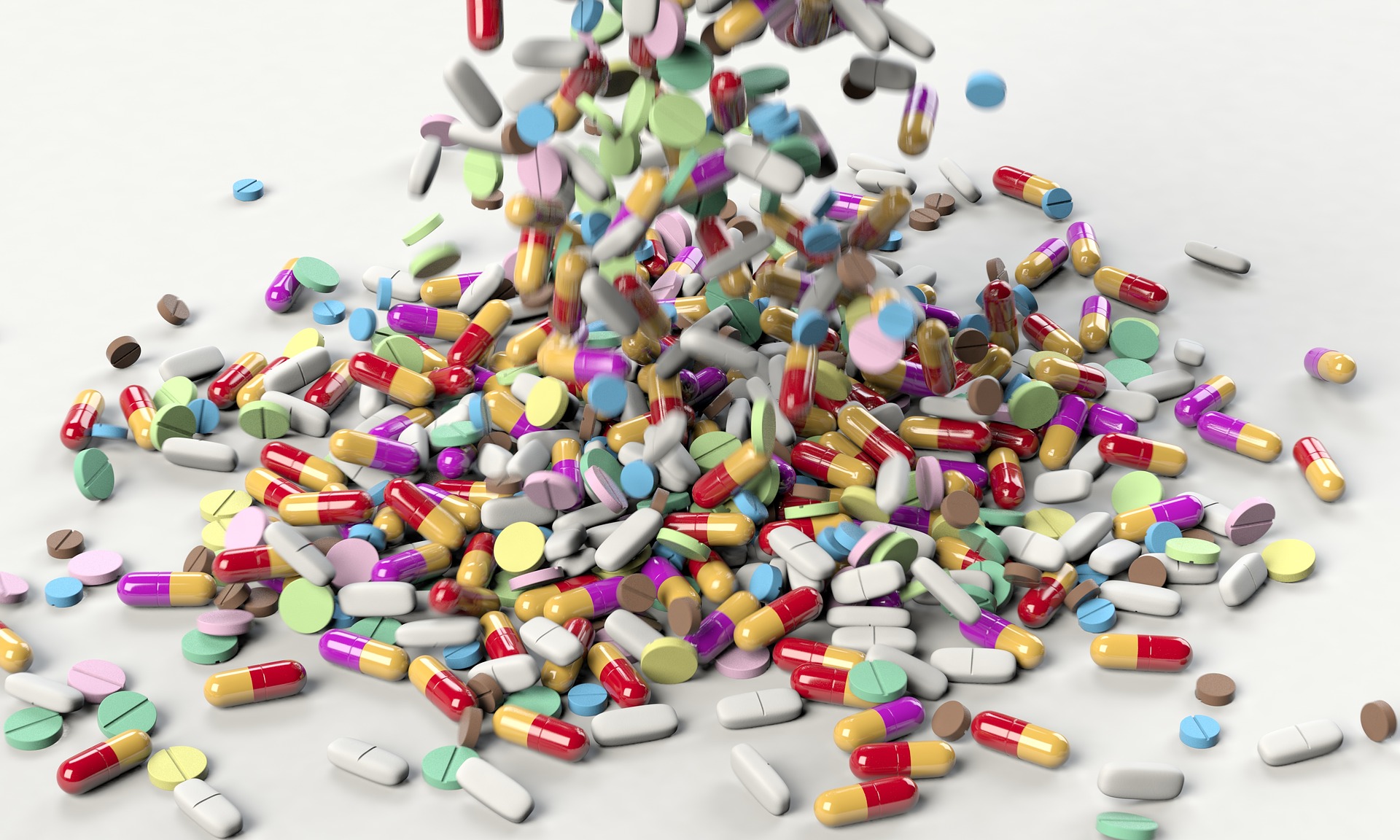
ANY source of pain should be a reason to see your family vet or a board-certified surgeon.
As I always say, “pain is not acceptable.”
Pain should be taken very seriously – and vets are here to help you, help your pet.
Phil Zeltzman, DVM, DACVS, CVJ, Fear Free Certified

Dr. Phil Zeltzman is a traveling veterinary surgeon in Pennsylvania & New Jersey. An award-winning author, he loves to share his adventures in practice along with information about vet medicine and surgery that can really help your pets. Dr. Zeltzman specializes in orthopedic, neurologic, cancer, and soft tissue surgeries for dogs, cats, and small exotics. By working with local family vets, he offers the best surgical care, safest anesthesia, and utmost pain management to all his patients. Sign up to get an email when he updates his blog, and follow him on Facebook, too!

